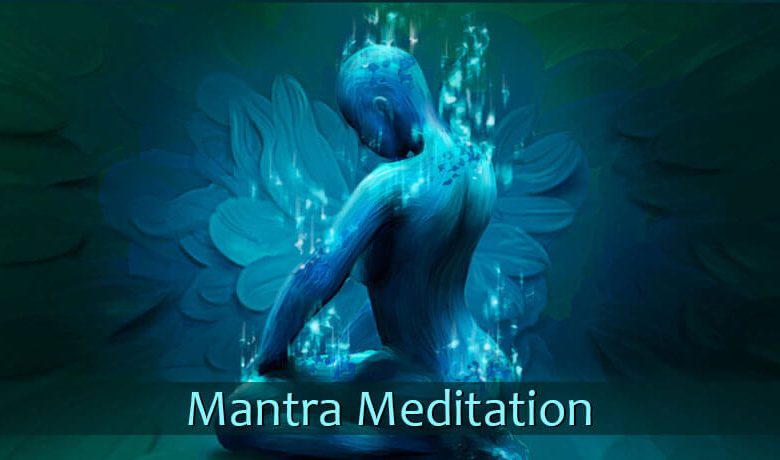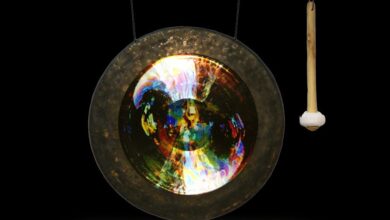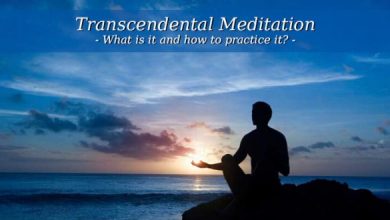
Mantras In Meditation
There are these confusions between Mantra and Affirmation, especially in the western, many cannot differentiate between the two. Though positive affirmations can increase confidence and instil self-esteem, it is not the same as a mantra.
In Sanskrit, the word “Manah” means “Mind” and “Yanta” means “Vehicle”. Mantra is derived from these two words which literally means the instrument of the mind. A powerful frequency or vibration that can be used to enter a deep meditative state of mind. It is also known as the seed of thoughts and intention. “You reap what you sow”, by reciting the mantra you are planting the seed of your intention and ripping fruition when the time is right
Mantra is a specific word, sound or phrase, sometimes meaningless that is used to bring about a change in your consciousness and help focus on your present moment. They are chanted, whispered or even repeated in your mind during your meditation practice. ‘OM’ is one of the most recognised mantras that is often used to enhance the Crown Chakra. (Refer to Chakras Meditation)
A mantra is not very much of a word or phrase that you say with the spoken word, but a vibration that is given form. The sound that is created is a representation of the thing the word is written of and the intention and intuition are more important than anything else. In other words, when you give a mantra, you are telling your mind and the universe that something is going to happen. This is done through your breath. Try using your breath to speak the mantra as you listen to it.
When using mantras in meditation, you should take time to visualize the mantra in your mind as you would normally see it. Think about it and visualize it deeply. It may sound difficult at first, but try to focus on the sound of the word and imagine the words flowing out of your lips like water. You will soon recognize that this is the best way to recite the mantra. Even reciting mantras mentally can affect the body’s subtle energies, the vibrational frequency created is astounding. You can pair up your mantra with mudra in your meditation practice to harness the ultimate benefits.
When choosing mantras, choose ones that have an overall positive connotation. Mantras should not be negative or evil. If you are practising in a religious tradition, make sure that the mantras you use are in accordance with the religion. Some religions do not permit the use of mantras at all.
Take an example of “om mani padme hum”, it contains a mixture of Sanskrit words and syllables which represent different aspects of the Buddhist teaching. Each syllable liberates you from a specific feeling:
- OM: frees you from pride
- MA: frees you from jealousy
- NI: frees you from lust
- PA: frees you from ignorance
- DME: frees you from greed
- HUM: frees you from aversion
There are different mantras for different situations, such as for healing, prosperity, health, fame and reputation, longevity, and many others. The goal is to repeat the mantra over in your mind until you achieve a state of inner peace. You can also focus on the sound of the mantra and allow your body to relax. The best part about using a mantra is that you will not have to identify with the sound, or any word or phrase. Simply doing the action of reciting the mantra will already help you attain a state of inner peace.




